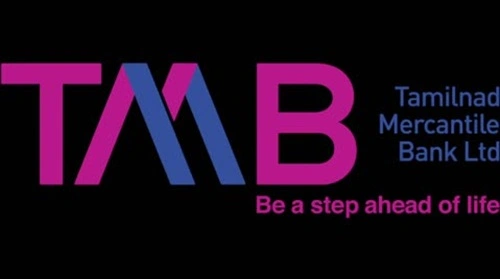For those who have no idea yet, well, yes, a nationalised bank is just another way of referring to government or public sector banks, that’s all! And it is not like there are so many of these nationalised banks in the country, at present, there are only 12 functional public sector banks which seem to be doing really well too. So, if you always wanted to know a little more about these nationalised banks, like how big some of them have really become and things like that then you shouldn’t be skipping past this post today. Why? Well, nothing, we’re about to share a list of the top 10 biggest nationalised banks in India as of 2025, so, if that’s what you came looking for here, then here we go.
1. State Bank of India (SBI)

Without even a single doubt, SBI is the government-owned bank in India that has both THE STRONGEST market standing and a HUGE customer base. It is undoubtedly the leader with a market capitalization of ₹713,567.99 crores, and just so you know though, it was set up in 1806 and has 22,405 branches and 63,977 ATMs located across the country, which is just impressive if you think about it for a sec. Regarding control, SBI accounts for more than 20 percent share of the total Indian banking market in terms of both deposits and loans. In revenue, it earned ₹84,600 crores in FY25, with a net profit of ₹19,780 crores, that’s just mind-boggling stuff right there.
2. Bank of Baroda (BOB)
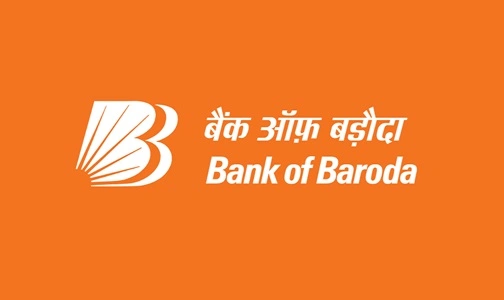
Up next, well, Bank of Baroda (BOB), which stands as the second largest government-owned public sector bank, has a market cap of ₹126,698.37 crores which is impressive itself. Founded in 1908, BOB today is a strong financial institution with a presence in 24 countries through its 9,693 branches, and that’s just good for the Indian economy overall. The best part is that BOB is focusing on digital banking and customer-centric services. They reported revenue of ₹1.42 lakh crore in FY25, while net profit stood at ₹18,767 crore.
3. Punjab National Bank (PNB)
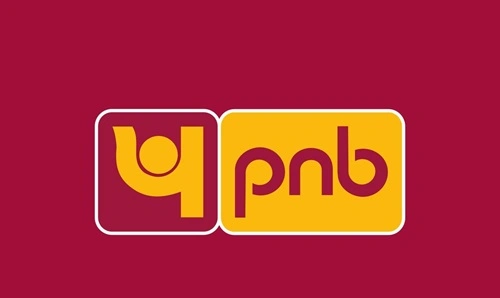
Surely, Punjab National Bank is one of India’s oldest and most reliable public sector banks, ever since it was started in 1894, like that’s centuries ago now. This bank has a market cap of ₹116,710.84 crores, making it a strong player in the banking sector. As of 2025? Well, with 12,455 ATMs and 10,108 branch locations, PNB is offering services throughout India. Their revenue for PNB in FY25 was ₹15,040 crore with a net profit of Rs. 4,710 crore, which is just solid.
4. Indian Overseas Bank (IOB)
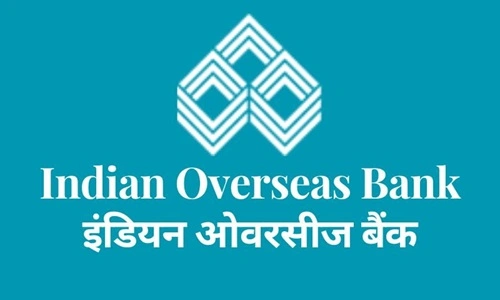
And then, yes, it is true that Indian Overseas Bank is now one of the leading nationalised banks along with IOB, which has a market cap of ₹97,007.18 crores, and that is also impressive. As for a little bit of history stuff here, you see, established in 1937, this bank targets NRIs and other global banking customers as their primary audience, which is great. IOB has over 3,217 branches and is improving its digital banking services, so it is on the rise. In FY25, IOB’s revenue reached ₹29,705.99 crore with a net profit of ₹6,773.90 crores.
5. Canara Bank
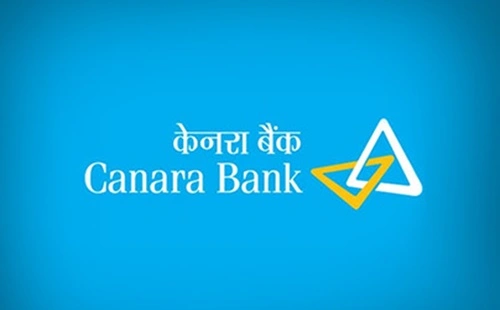
And then, well, Canara Bank, established in 1906, is undoubtedly one of the most progressive and stable growing banks in India. How do we know that for sure? Well, just look at their capitalization in the market stands at ₹91,114.69 crores, and they have further made their position even stronger in segments like retail and corporate banking as well. Financial numbers? Oh, well, their net profit for FY25 stood at ₹19,000 crores while their revenue was ₹15,330 crores.
6. Union Bank of India
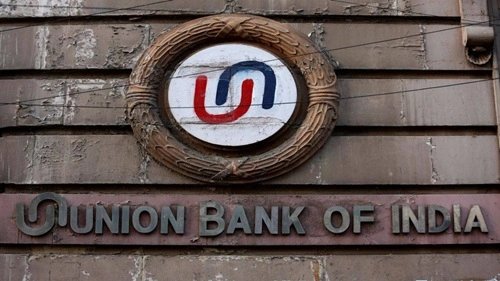
Union Bank of India, established in 1919, is also an AWESOME public sector bank that is just growing super fast, like, by this point, they own a market cap of over ₹89,962.04 crores, which allows them to expand at a faster rate through more than 8,500 branches all over the country. Numbers once again? Why not, like, in FY25, their revenue stood at ₹13,350 crores while they posted a net profit of ₹4,750 crores, truly mind-boggling.
7. Indian Bank
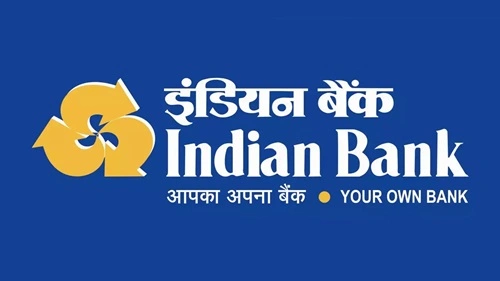
This giant of a bank was also established in 1907 as what we know as the Indian Bank (it’s amazing what time can do) with a market cap of ₹73,860.77 crore as of 2025. How far they have come, like, with 5,847 branches and are extremely focused on the small business and agricultural sectors. Yes, they are pretty interested about the whole digital banking thing and rightfully so because it will enhance the customer experience. During FY25, Indian Bank generated a total income of ₹7,720 crore and net profit stood at ₹2,800 crore.
8. UCO Bank

Founded in 1943, UCO Bank remains among the most reliable government-owned banks in India, like, no two ways about that at all. This institution currently respects a market cap of ₹51,434.53 crores. If we are talking about true financial inclusion, we must mention this one. Like, in FY25, the revenue that UCO Bank reported was ₹2,800 crore and a net profit of ₹606.8 crore, which is solid.
9. Bank of India

And then, well, founded in 1906, the Bank of India has undoubtedly established this weighty reputation in the Indian banking industry. Like, as of 2025, with a market cap of ₹46,801.43 crore, they are operating 5,100+ branches nationwide. What do they do? Oh, the kind of work that’s really cool includes project financing, corporate loans, and international banking services.
10. Central Bank of India

And lastly, well, beginning its operations in 1911, the Central Bank of India is one of the oldest Nationalized banks in the country, with a market cap of ₹46,139.19 crore as of 2025. With respect to government banking initiatives, as well as those focused on rural financial inclusion, they sure are one of the most important players since they have more than 4,500 branches all over India.
Conclusion
That’s all! Out of those twelve public sector banks, these are by far the biggest ones in the country as of 2025. As you saw, the top-ranking banks on this list seem to be doing super well these days and this trend will continue like this for many years to come, which is a good indication that India’s economy is doing great too.

